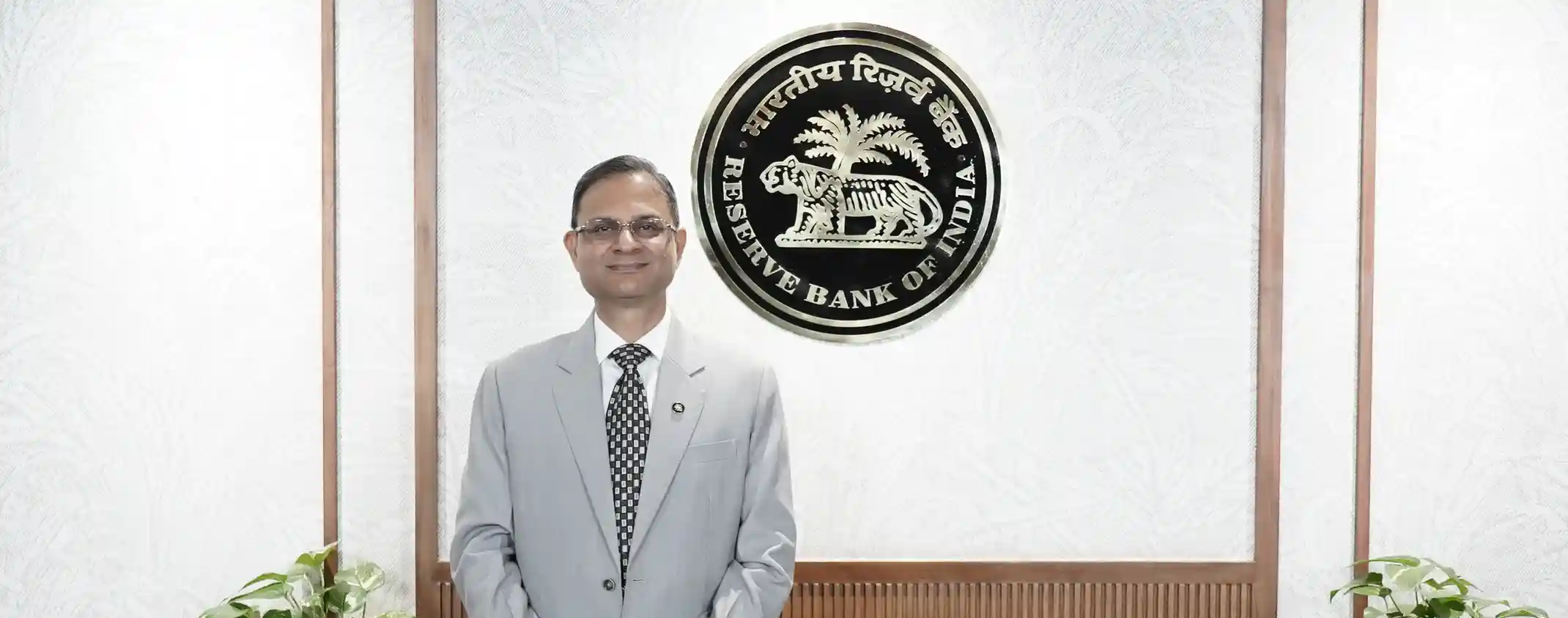Speeches - RBI - Reserve Bank of India
Speeches
Ladies and gentlemen, Good Morning. At the outset, let me thank the organisers for inviting me to deliver the keynote address at this milestone event and congratulate Trans Union CIBIL (TU CIBIL) on its 25th anniversary. Credit reporting and TU CIBIL have grown together in India and the company has made a significant contribution in expanding the footprint of credit reporting in the country.
Ladies and gentlemen, Good Morning. At the outset, let me thank the organisers for inviting me to deliver the keynote address at this milestone event and congratulate Trans Union CIBIL (TU CIBIL) on its 25th anniversary. Credit reporting and TU CIBIL have grown together in India and the company has made a significant contribution in expanding the footprint of credit reporting in the country.
Page Last Updated on: July 03, 2025


















